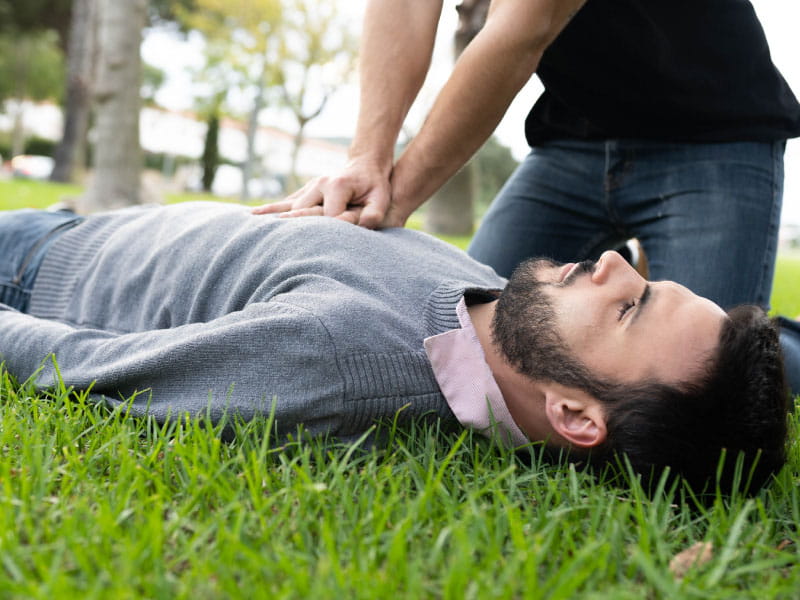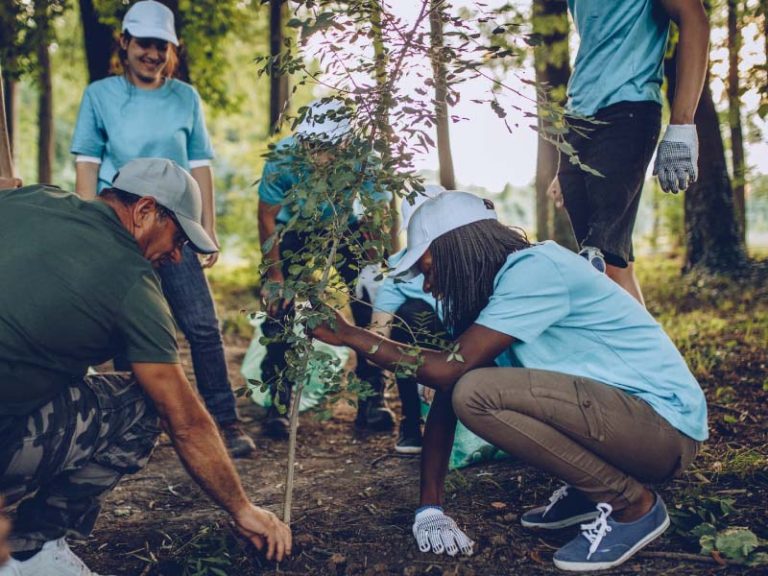What’s the new CPR guidelines?
What’s the new CPR guidelines? When she arrived at her neighbor’s home and located him unconscious and turning blue, Brianna Colquitt knew what to do.
Whereas somebody referred to as 911, Colquitt, then a highschool senior in Carrollton, Georgia, began CPR. She saved it up till emergency responders arrived. Her coaching, which she’d acquired in a highschool well being class the yr earlier than, had ready her to behave, she mentioned. “All the things simply clicked.”
However it did not put together her for every part that adopted. First got here the information that her neighbor did not make it. Then got here the questioning: Had she completed all she might? Even now, greater than three years later, “the recollections are very vivid, as a result of it was a traumatic expertise,” Colquitt mentioned.
The necessity to perceive such experiences is a part of what impressed a brand new report from the American Coronary heart Affiliation about lay responders and CPR.
“We have skilled individuals for many years to do bystander CPR, however we have by no means really gone again and paid consideration to supporting them after we name them to motion,” mentioned Katie Dainty, who led the writing committee for the scientific assertion revealed Monday within the AHA journal Circulation.
Lay individuals who carry out CPR are “superb heroes,” mentioned Dainty, a analysis chair in patient-centered outcomes at Toronto’s North York Common Hospital. The brand new assertion goals to serve these individuals higher by summarizing the most recent analysis on their expertise, which might enhance coaching, take away obstacles to individuals taking motion and, finally, save lives.
An estimated 347,322 adults within the U.S. have a cardiac arrest annually, AHA statistics present. CPR roughly doubles the percentages of somebody surviving a cardiac arrest, but bystanders in North America provoke CPR solely 39% to 44% of the time, in keeping with the brand new report.
There are massive challenges to bettering that charge that transcend extra coaching, mentioned Dainty, who is also an affiliate professor on the Institute of Well being Coverage, Administration and Analysis on the College of Toronto.
At a primary degree, extra individuals must learn to acknowledge a cardiac arrest – the individual takes gasping breaths or has a bluish pores and skin shade, for instance – and the necessity to reply instantly, she mentioned. Then, individuals should be taught that it is OK to behave even when they don’t seem to be certain precisely what to do.
“For a really very long time, we made CPR one thing that you just wanted to be a card-carrying member of a membership to do,” she mentioned. However whereas coaching is essential, “even in the event you’ve by no means been skilled, whenever you name 911, the dispatcher on the opposite finish will aid you. And lots of people aren’t conscious of that.”
Dainty thinks additional analysis might assist clarify why some individuals act and a few do not. Analysis additionally might inform extra practical coaching, which she mentioned normally takes place “in an air-conditioned room, with a wonderfully clear manikin mendacity flat on the ground. It’s extremely idyllic. And no cardiac arrest ever occurs that means.”
Coaching, she mentioned, additionally wants to handle how individuals really feel after they’ve carried out CPR. For most individuals, the expertise is “fairly an unbelievable rush,” however researchers have not spent a number of time enthusiastic about the psychological impression afterward.
Responders usually describe their expertise as traumatic and anxious, the report says, however there are not any methods in place to comply with up with them.
Some individuals wrestle with issues similar to “not with the ability to sleep, constantly reviewing the occasions in your head, questioning in the event you did the correct factor,” Dainty mentioned. Well being care methods must let responders know that such emotions are “completely regular, and that we have now sources to assist them with that.”
Colquitt understands the jumble of emotions. Her experiences helped form the report, which she helped write.
She feels her personal CPR coaching was “the perfect it could possibly be,” though she discovered it “rather a lot tougher to do it on an individual” than on a manikin.
After an ambulance took her neighbor away, Colquitt adopted it to the hospital, the place she realized her neighbor had died. She was reassured by paramedics, who instructed her, “You probably did every part accurately. We noticed you doing CPR after we obtained there.”
That helped, however she nonetheless rethought every part she had completed. That day was “scary” and emotionally draining, she mentioned, and formal assist might have helped.
However she has no regrets. “Although it was a tragic time afterwards, it gave me peace understanding I did every part I might do.” The expertise even helped lead her to pursue a profession in well being care. She’s now a junior finding out nursing at Jacksonville State College in Alabama.







